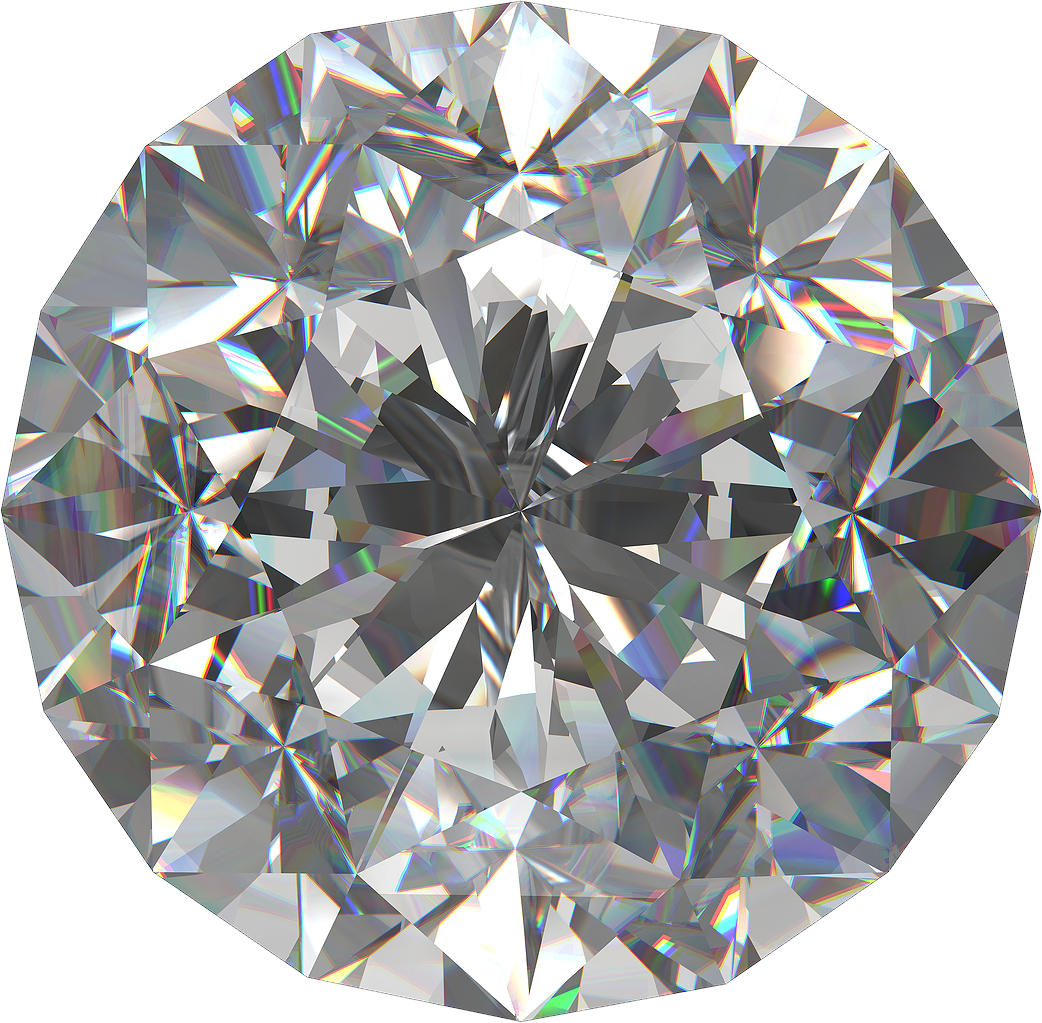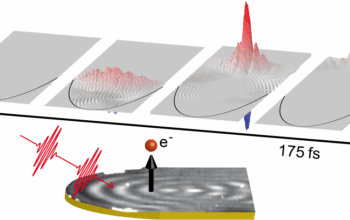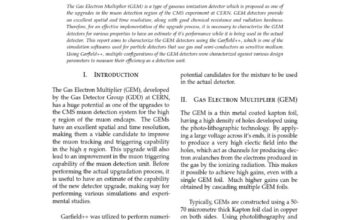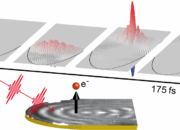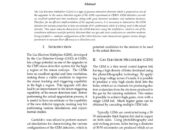Diamonds, often exalted for their aesthetic allure, possess unique properties that extend far beyond their scintillation. Recent advancements in quantum physics have illuminated a specific aspect of diamonds: their cavities. These microstructural features have exhibited remarkable potential in enhancing magnetic detection. This burgeoning intersection of quantum fields and material science beckons further exploration. An obvious question arises: how can diamond cavities serve as the premiere conduit in our quest to unravel elusive magnetic phenomena, and what challenges might we encounter on this enigmatic journey?
The intricate lattice structure of diamond possesses inherent flaws that can be categorized into vacancies and substitutional defects. These imperfections, particularly nitrogen vacancies within the diamond lattice, endow diamonds with exceptional electronic properties. When exposed to electromagnetic fields, these vacancies exhibit remarkable sensitivity and allow for manipulations that extend far into the quantum domain. This sensitivity paves the way for the utilization of diamond as an effective medium for magnetic field detection and mapping.
At the subatomic level, quantum fields represent a complex tapestry of interactions. The realm of quantum mechanics dictates that particles can exist in multiple states simultaneously, a principle known as superposition. By harnessing nitrogen vacancy centers, researchers can create a robust system for observing magnetic fields through photoluminescent processes. When a magnetic field is applied, the energy levels of these electron spins fluctuate, resulting in detectable changes in light emission. Thus, diamonds can act as a magnetometer, with the potential to achieve unprecedented precision in measurement.
This capability has profound implications for various scientific endeavors. For instance, in the burgeoning field of quantum computing, shielding qubits from environmental noise is paramount. The sensitivity of diamond-based sensors can be employed to monitor stray magnetic fields that threaten the coherence of qubit states. Furthermore, applications in medical imaging, such as Magnetic Resonance Imaging (MRI), can be enhanced through the integration of diamond sensors, allowing for more accurate imaging and diagnostics.
However, the potential of utilizing diamond cavities for magnetic detection is not without its challenges. One pertinent issue is the isolation of individual nitrogen vacancy centers. Scaling up from single defects to crystalline diamonds with a high concentration of such centers poses significant technical hurdles. Ensuring that these centers retain their quantum properties in larger volumes is a task that necessitates sophisticated fabrication and engineering techniques.
Moreover, as one delves deeper into the quantum realm, the concept of decoherence emerges as a substantial barrier. Decoherence describes the process whereby quantum systems lose their coherence due to interactions with the environment, leading to the degradation of quantum information. In practical terms, this means that maintaining the delicate balance of a diamond’s quantum state amidst real-world applications requires innovative strategies for isolation and stabilization.
Another challenge lies in the operational temperature of diamond-based sensors. Many quantum systems, including nitrogen vacancies, exhibit altered behaviors at varying temperatures. While some systems have demonstrated functionality at room temperature, maximizing the sensitivity of diamond sensors often necessitates cryogenic environments. This introduces additional layers of complexity in terms of cost and practicality in diverse application scenarios.
Integration with existing technologies represents yet another domain ripe for exploration. The coupling of diamond sensors with classical magnetic detection devices offers exciting opportunities for interdisciplinary innovation. Developing hybrid systems that leverage the strengths of both technologies can yield enhanced performance and new functionalities. However, merging these disparate systems introduces a host of technical challenges, spanning from signal processing to data interpretation.
Considering the implications of these developments, one cannot overlook the role of public perception and acceptance of quantum technologies. As society gravitates toward an increasingly tech-focused future, the impact of quantum devices, including diamond-based sensors, must be communicated effectively. Educating the public on the potential benefits of such innovations is crucial in garnering support for research endeavors and facilitating the transition to practical applications.
As researchers delve deeper into the complexities of diamond cavities and their role in magnetic detection, the synergy between fundamental physics and practical engineering becomes increasingly apparent. A key aspect of this investigation is determining the viable pathways for the proliferation of diamond-based technologies across multiple fields. This convergence of disciplines promises to propel forward advancements in areas such as energy transfer, computing, and medical diagnostics.
The future of magnetic detection through diamond cavities remains a compelling narrative steeped in potential. The continued exploration of these phenomena invites a reevaluation of our current understanding of quantum fields and their practical applications. Addressing the inherent challenges is essential for translating theoretical advancements into tangible outcomes. As we ponder the future of magnetic detection, one must ask: Will the fusion of diamonds and quantum technology illuminate new pathways for scientific discovery, or will the intricacies of quantum mechanics prove too formidable to navigate? Only time and continued research will unveil the answers to these captivating questions.
